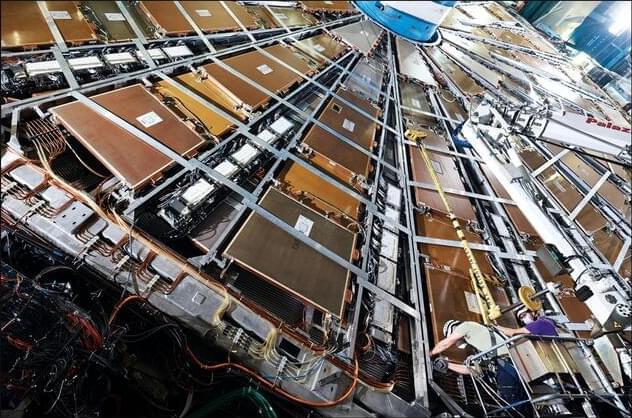Unless Europe’s Large Hadron Collider coughs up a surprise, the field of particle physics may wheeze to its end.
CELESTA, the first CERN-driven satellite, successfully entered orbit during the maiden flight of Europe’s Vega-C launch vehicle. Launched by the European Space Agency from the French Guiana Space Centre (CSG) at 13.13 UTC on 13 July 2022, the satellite deployed smoothly and transmitted its first signals in the afternoon. Weighing one kilogram and measuring 10 centimetres on each of its sides, CELESTA (CERN latchup and radmon experiment student satellite) is a 1U CubeSat designed to study the effects of cosmic radiation on electronics. The satellite carries a Space RadMon, a miniature version of a well-proven radiation monitoring device deployed in CERN’s Large Hadron Collider (LHC). CELESTA has been sent into an Earth orbit of almost 6,000 kilometres.
